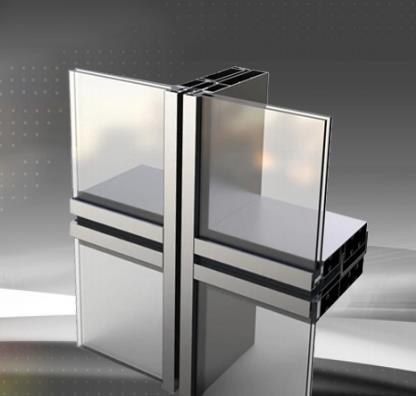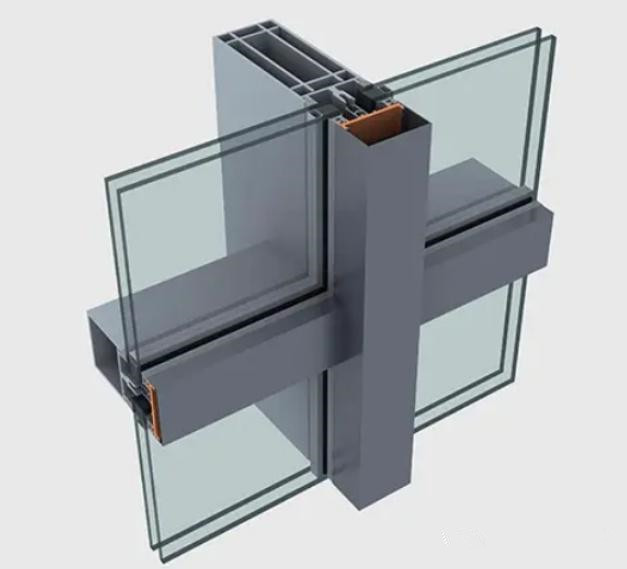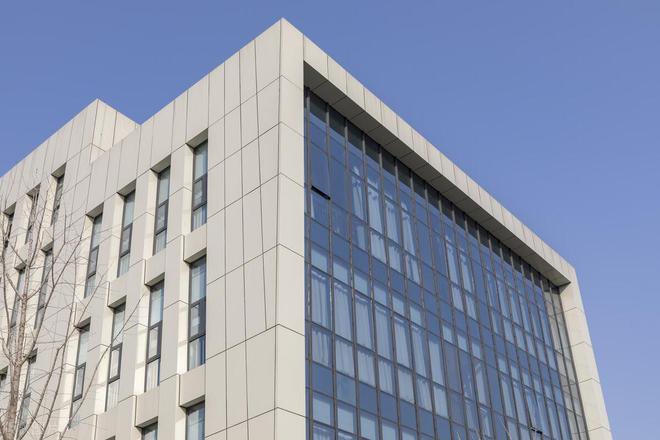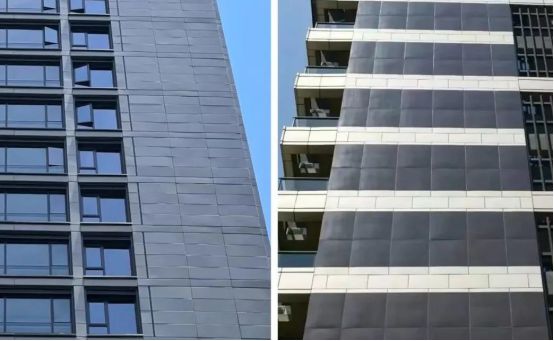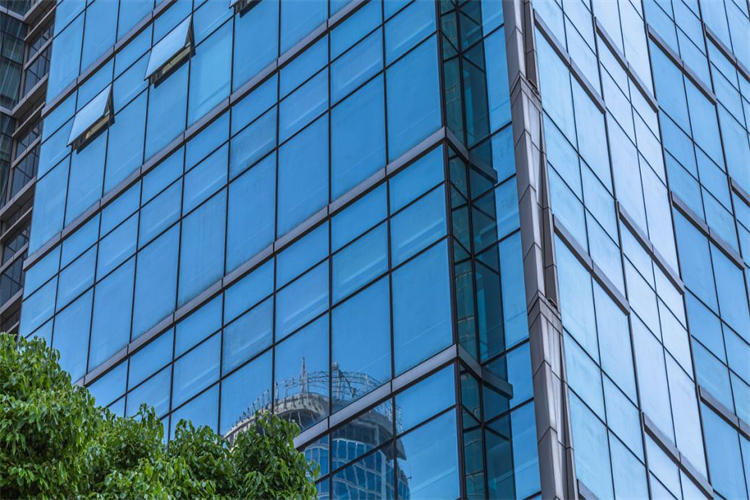Glass materials: Low-E coated glass, insulated glass (filled with argon/inert gas), heat reflective glass, etc. are used to achieve energy savings of 127 by controlling visible light transmittance, shading coefficient, and heat transfer coefficient. For example, Low-E glass can reflect indoor heat and reduce winter heat loss; Hollow glass reduces thermal conductivity through multi cavity structure
Hot profiles: Use heat-insulating aluminum alloy profiles with non-metallic materials (such as PA66) filled in between to block thermal bridge conduction, and retest the tensile/shear strength
Warm materials: rock wool, aerogel, etc. are used for filling the back of the curtain wall, and the thickness should meet the design requirements. During construction, moisture-proof and waterproof protection is required
